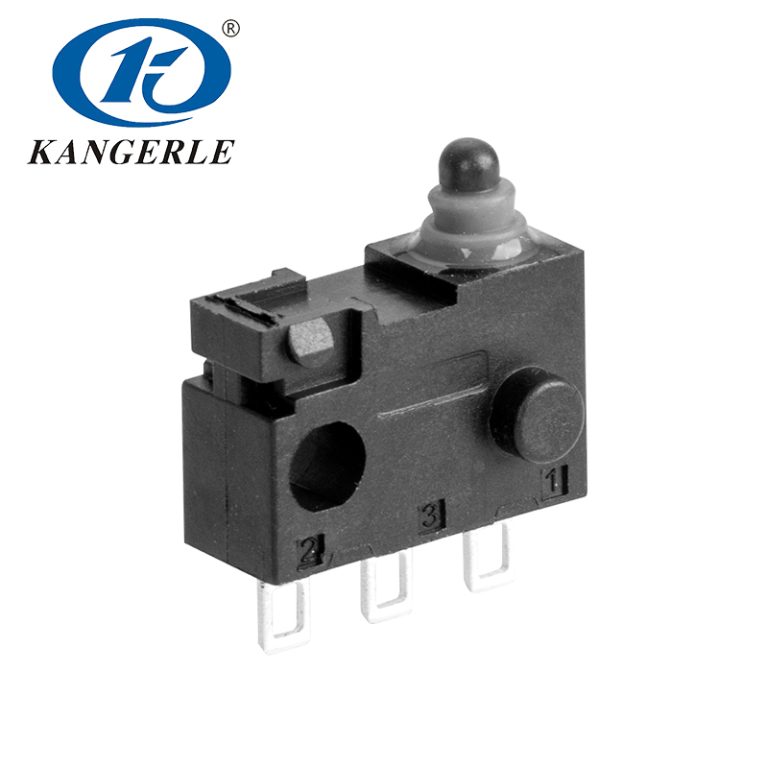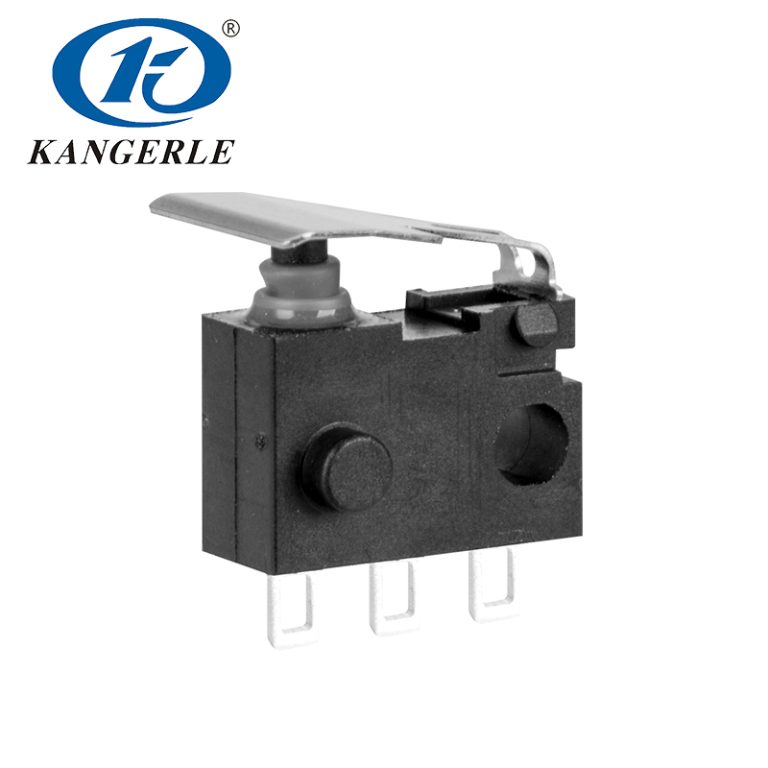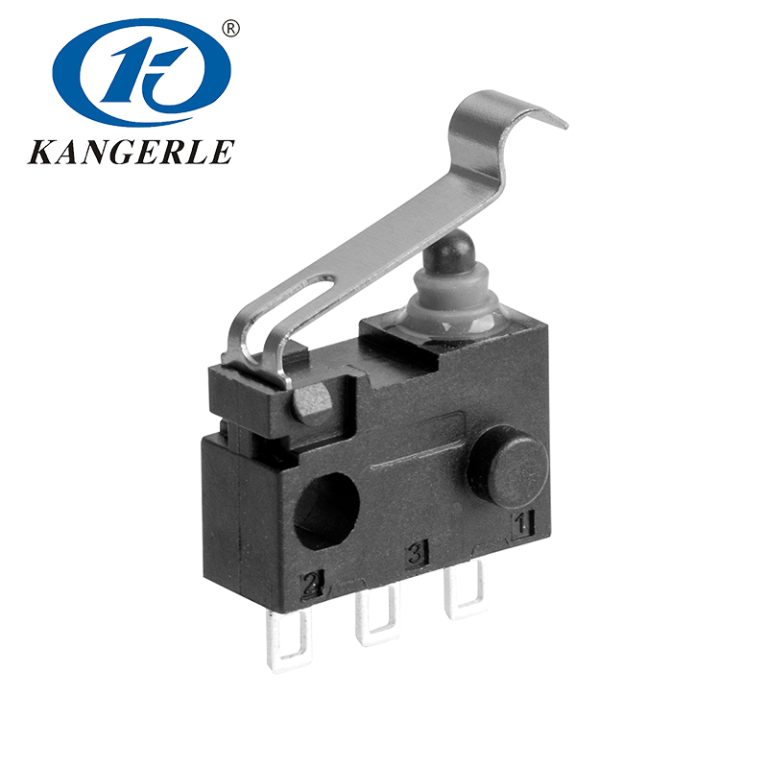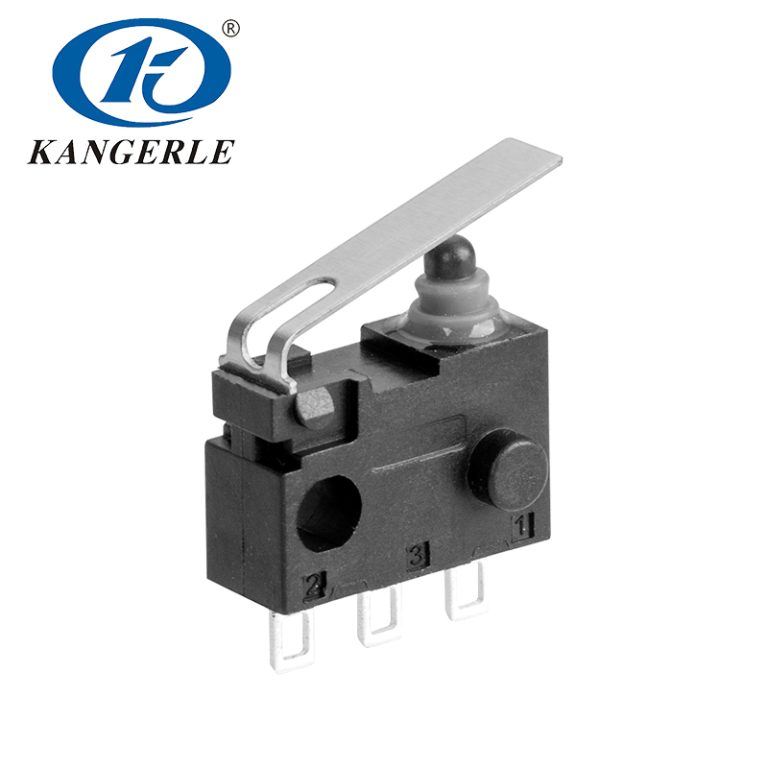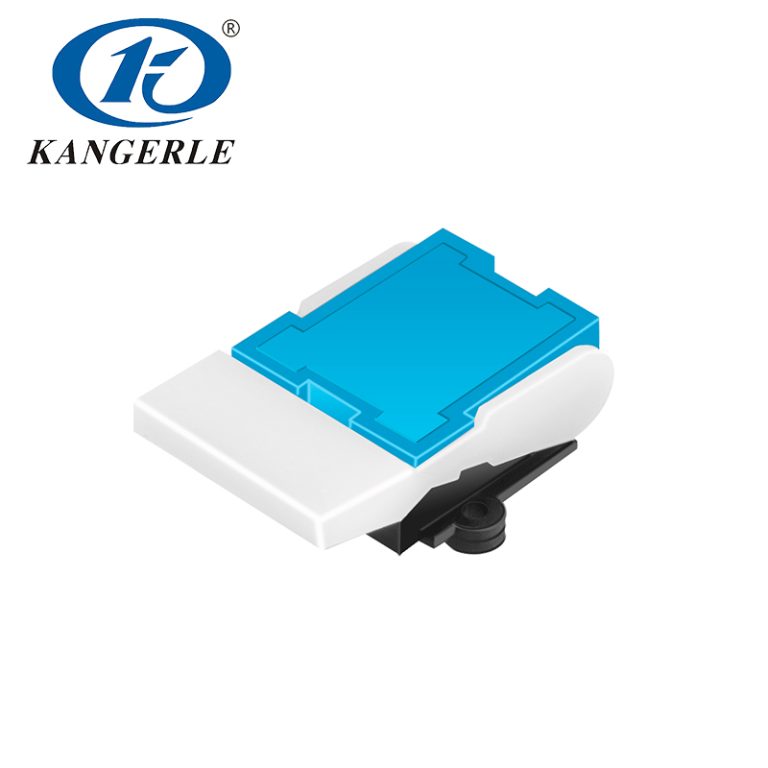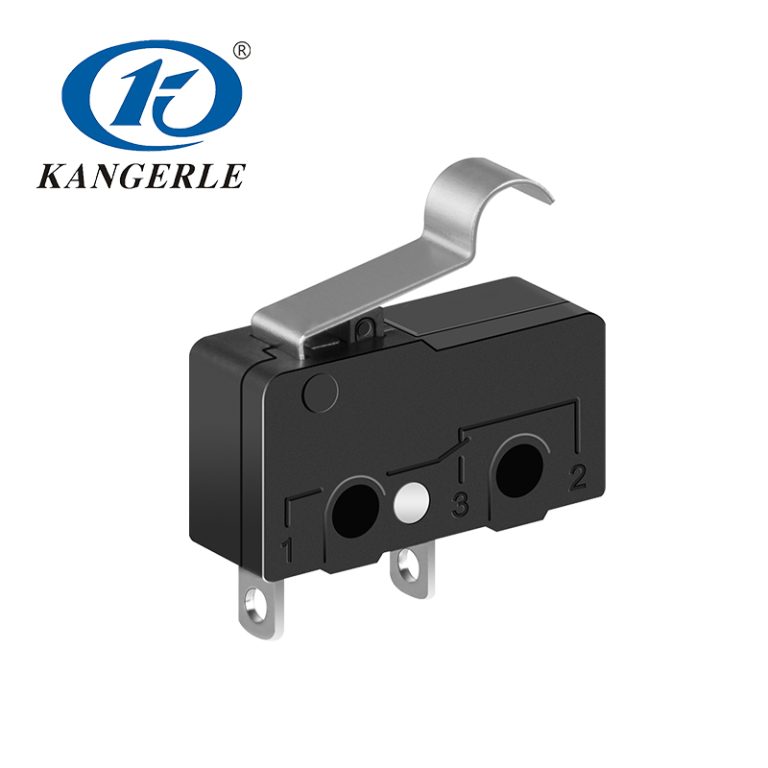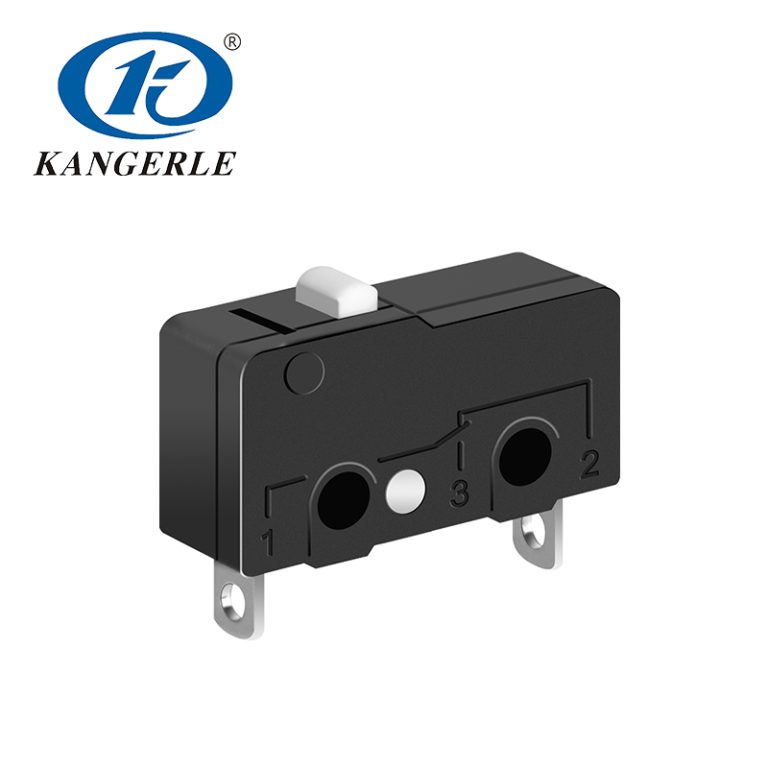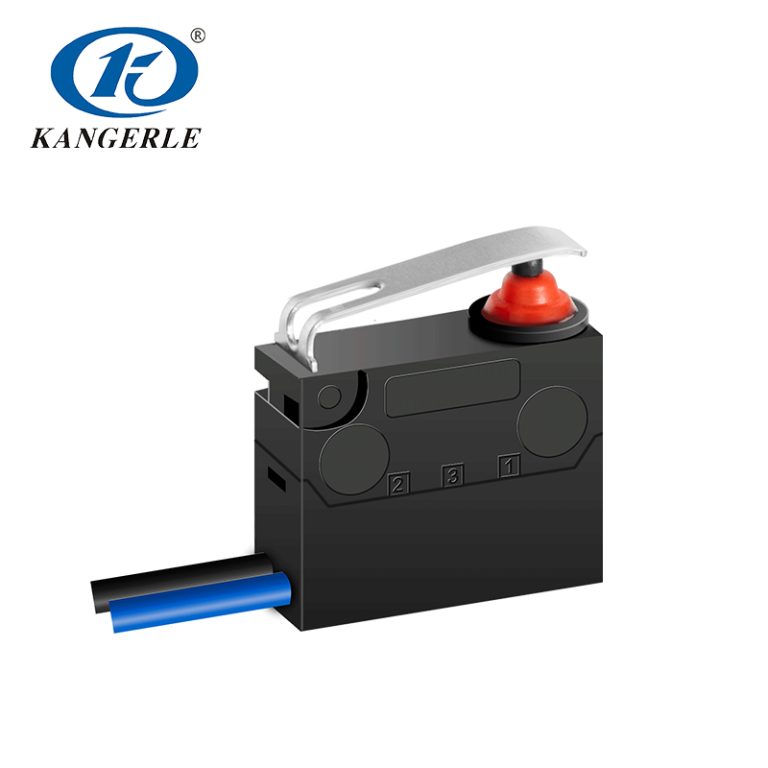
Smart sweeping robots, often called robot vacuums, have changed home cleaning with their ease and automation. Their user interfaces rely on control parts like tactile switches in smart sweeping robots and soft-touch controls. These parts shape how people use their devices. They affect both function and user enjoyment. This blog compares the feel, dependability, and overall quality of tactile switches versus soft-touch controls in smart sweeping robot interfaces. It helps you choose wisely for your next buy or design plan.
Tactile Switches in Smart Sweeping Robots
What Are Tactile Switches?
Tactile switches are small, mechanical parts. They give a clear “click” or sense when pressed. In smart sweeping robots, they work as buttons for power, mode changes, or docking tasks. Their build ensures exact action. This makes them common in devices needing steady user input.
- Key Traits:
- Clear touch feedback with a click.
- Great strength, often lasting for millions of presses.
- Small size, perfect for slim robot designs.
Why Tactile Switches Shine in Robot Vacuums
Tactile switches in smart sweeping robots are popular for their quick response and toughness. They let users confirm actions with physical feedback. This is vital in loud settings or for people with vision issues. For example, products like the 6×6 Series Waterproof Tact Switch resist dust and water. They ensure long life in robot vacuum uses.
Exploring Soft-Touch Controls in Smart Sweeping Robots
What Are Soft-Touch Controls?
Soft-touch controls use touch-sensitive technology. They detect input through light pressure or contact without a mechanical click. In smart sweeping robots, they create smooth, button-free surfaces. These are often found in high-end models with simple designs.
- Key Traits:
- Smooth, touch-sensitive surface.
- Visually modern and clean.
- Often paired with LED lights for visual cues.
Benefits of Soft-Touch Controls
Soft-touch controls have a modern, stylish look. They match the sleek style of top-tier robot vacuums. They avoid moving parts, which reduces wear. They also allow flexible interfaces. But their touch-based nature can cause issues in some conditions.
Tactile Switches vs. Soft-Touch Controls: A Detailed Comparison
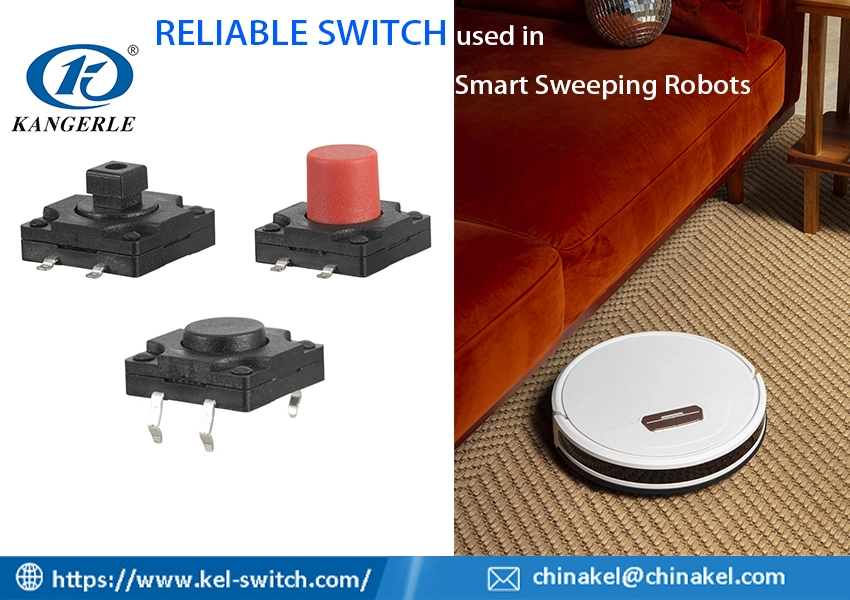
Let’s compare tactile switches in smart sweeping robots and soft-touch controls. We’ll look at key factors to see which fits smart sweeping robots better.
| Factor | Tactile Switches | Soft-Touch Controls |
| Touch Feedback | Gives a clear click. Users know the command works. | Lacks physical feedback. It uses visual or sound cues, which may feel less clear. |
| Dependability | Very tough, lasting up to 1 million presses. Resists dust and water (e.g., 12×12 Series Waterproof Tact Switch). | Prone to wrong inputs from water, dust, or stray touches. |
| Ease of Use | Simple for all ages, including those with weak hands or vision. | Can be hard for users new to touch systems or in dim light. |
| Look and Feel | A bit bulkier but can be slim for neat designs. | Smooth and modern, boosting high-end appeal. |
| Cost | Often cheaper for large-scale production. | More expensive due to touch layers and setup needs. |
| Power Use | Low, since they are mechanical. | Higher, as touch detection needs steady power. |
Touch Feedback: Why It Counts in Smart Sweeping Robots
Tactile switches in smart sweeping robots excel at giving instant feedback. This matters for users who need to confirm actions like starting a cleaning cycle or changing modes. For example, pressing a tactile switch feels intentional. It reduces mistakes compared to soft-touch controls, which may misread accidental touches. This dependability helps in homes with pets or kids, where stray inputs happen often.
Strength in Real-World Settings
Smart sweeping robots work in varied places, like dusty floors or damp kitchens. Tactile switches, especially waterproof ones like those in KANGERLE’s Tact Switch product line, are built to handle tough conditions. They resist environmental stress. Soft-touch controls, however, may fail in wet or dusty settings. This can lead to sluggish or erratic responses.
User Enjoyment and Ease
For older users or those with vision problems, tactile switches in smart sweeping robots offer a clear, touch-based interface. They don’t rely on visual cues. Soft-touch controls, though sleek, need precise touch and visual checks. This can feel less inclusive. Tactile switches ensure wide ease of use, making them a smart pick for universal design.
Pros and Cons Summary
Tactile Switches
- Pros:
- Better touch feedback for confident use.
- High strength and resistance to tough conditions.
- Affordable and easy for all users.
- Cons:
- A bit bulkier than touch-based options.
- Less “modern” look compared to soft-touch.
Soft-Touch Controls
- Pros:
- Sleek, stylish design for premium appeal.
- Flexible interfaces with fewer physical parts.
- Cons:
- Prone to wrong inputs in tough settings.
- Higher power use and cost.
About KANGERLE: Your Trusted Tactile Switch Manufacturer
KANGERLE is a top maker of high-quality tactile switches. They have provided new solutions for smart devices since their start. Based in Zhejiang, China, KANGERLE focuses on crafting strong, dependable, and flexible tactile switches for uses like smart sweeping robots. They prioritize quality and precision. Their products are trusted by global brands for their performance and long life. Learn more at KANGERLE’s homepage.
FAQs About Tactile Switches in Smart Sweeping Robots
Q1. Why are tactile switches chosen for smart sweeping robots?
A1. Tactile switches give dependable, physical feedback. Users can confirm commands without needing visual or sound cues. Their strength and resistance to dust and water make them great for robot vacuum settings.
Q2. How do tactile switches in smart sweeping robots compare to soft-touch controls for lifespan?
A2. Tactile switches often last for millions of presses. They offer better longevity than soft-touch controls. The latter may wear out due to factors like humidity or frequent cleaning.
Q3. Are tactile switches in smart sweeping robots good for wet settings?
A3. Yes, many tactile switches have waterproof and dustproof features. They suit robots in damp or dusty places. Soft-touch controls, however, are more sensitive to water.
Q4. Do tactile switches in smart sweeping robots improve ease of use?
A4. Definitely. Tactile switches give a clear click that’s easy to feel. They help users with vision issues or weak hands. Soft-touch controls need precise touch, which may be harder.
Call to Action: Boost Your Smart Sweeping Robot Experience
Picking the right control part for your smart sweeping robot can improve its quality and user joy. Tactile switches in smart sweeping robots offer unmatched dependability, ease, and strength. They are a top choice for both makers and buyers. Ready to explore high-quality tactile switches for your devices? Connect with their team to find the perfect solution for your smart home products.

